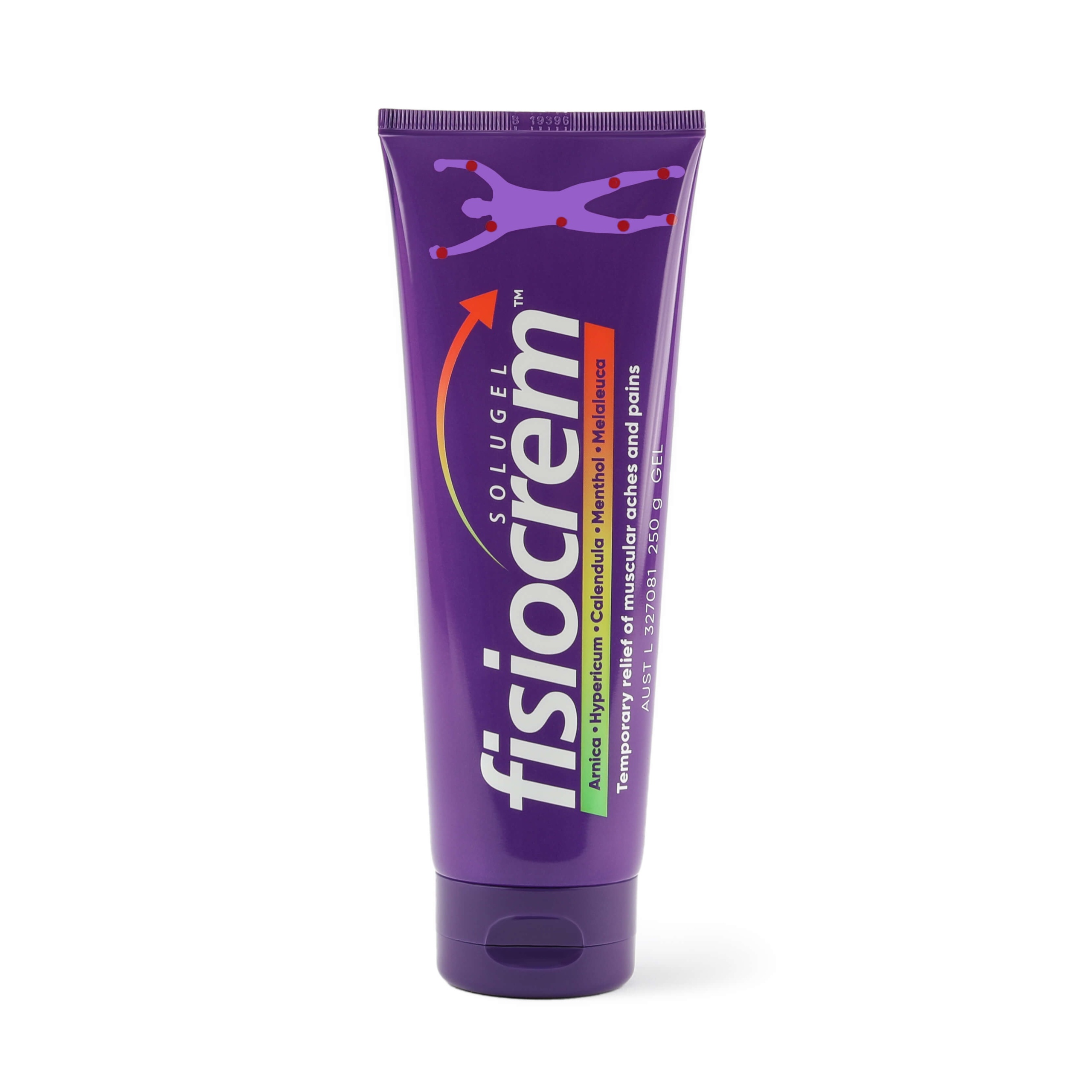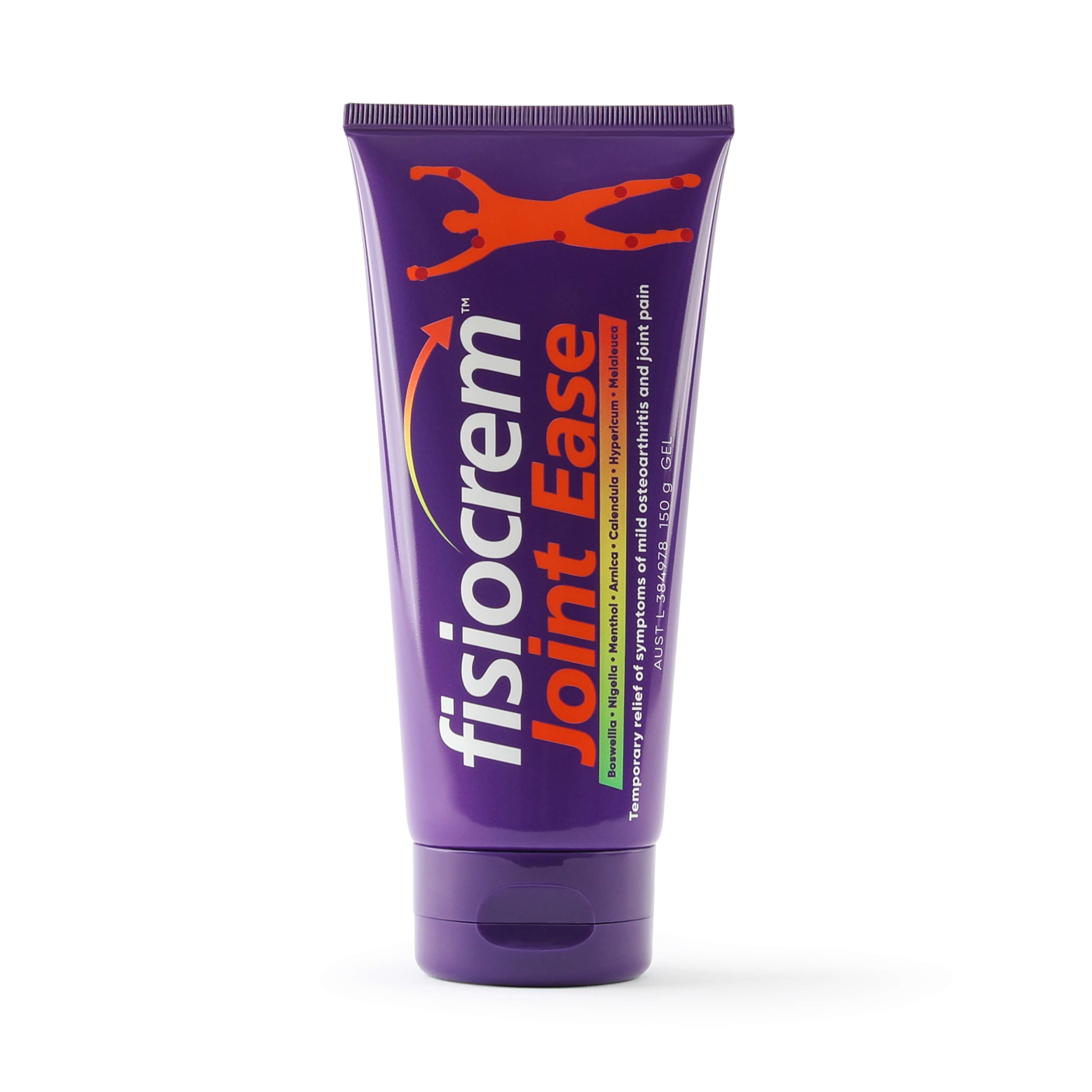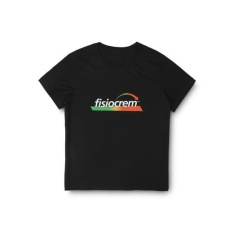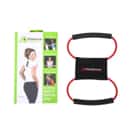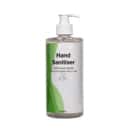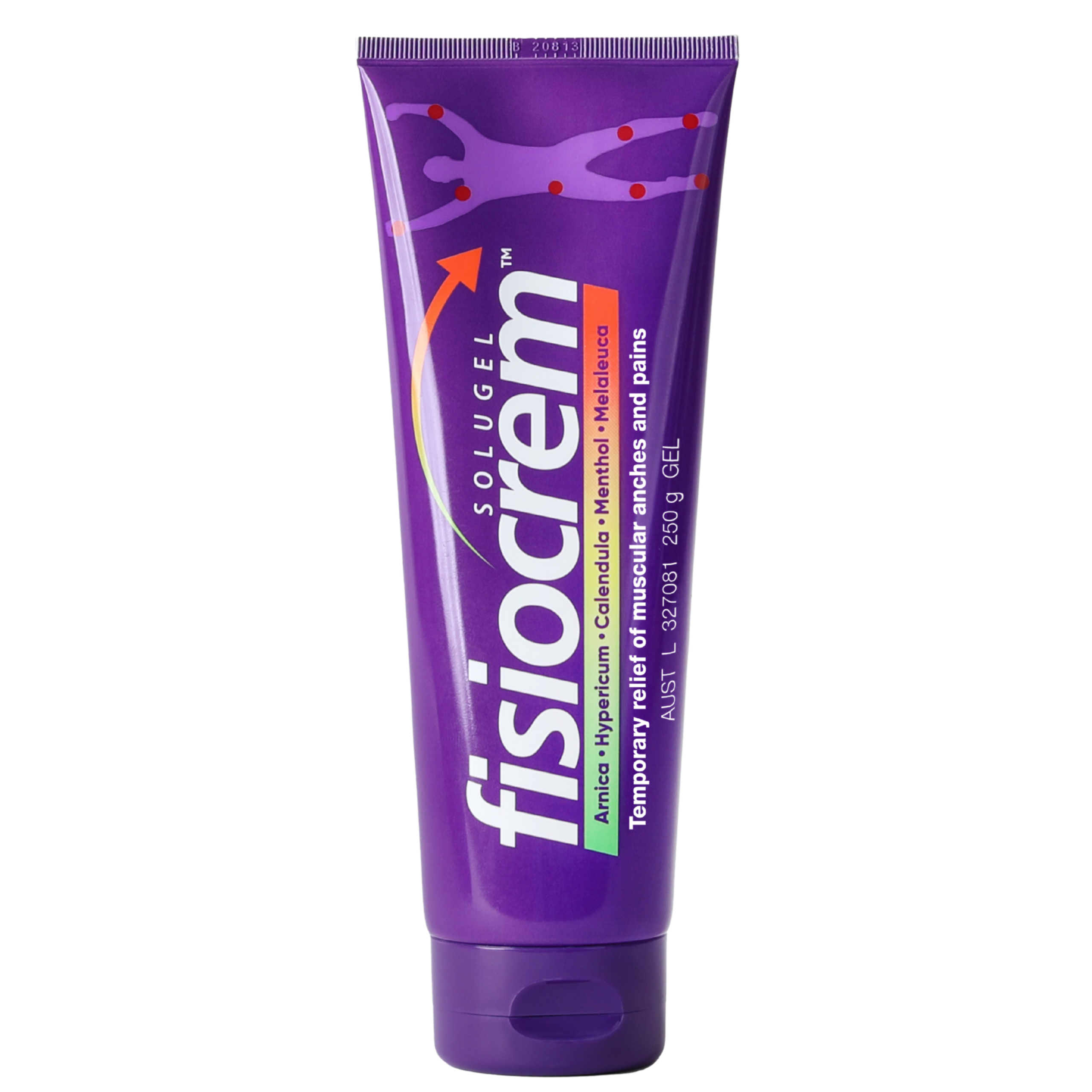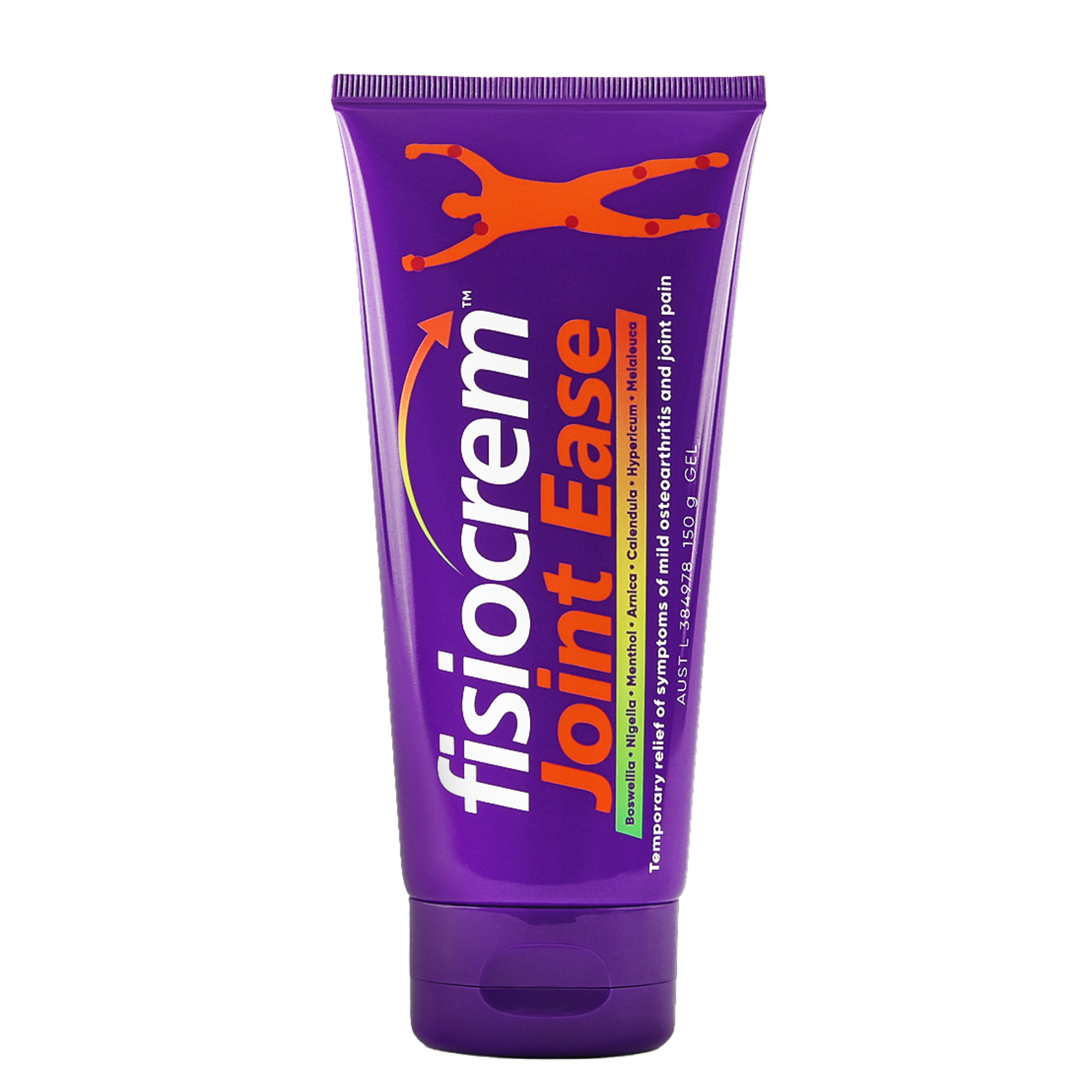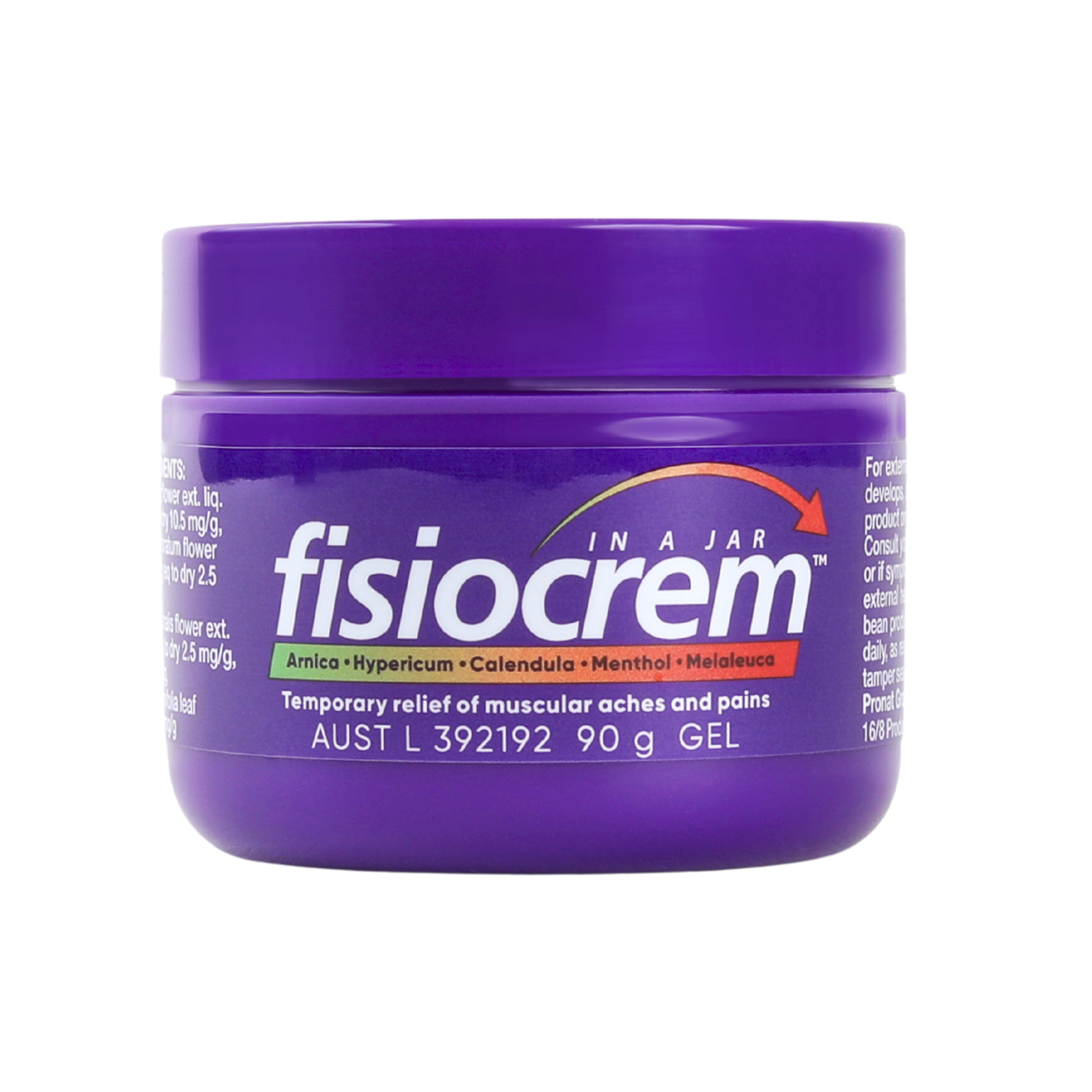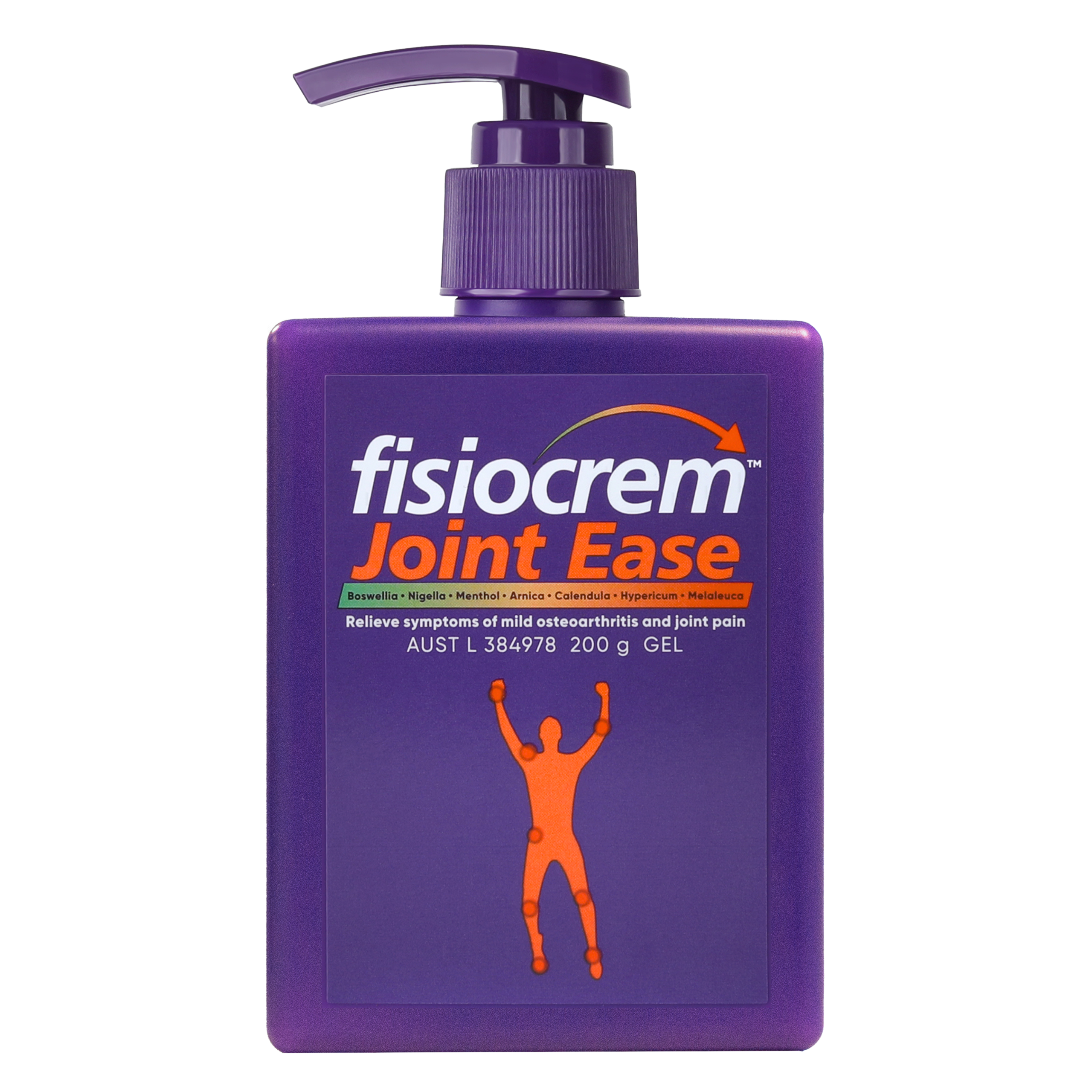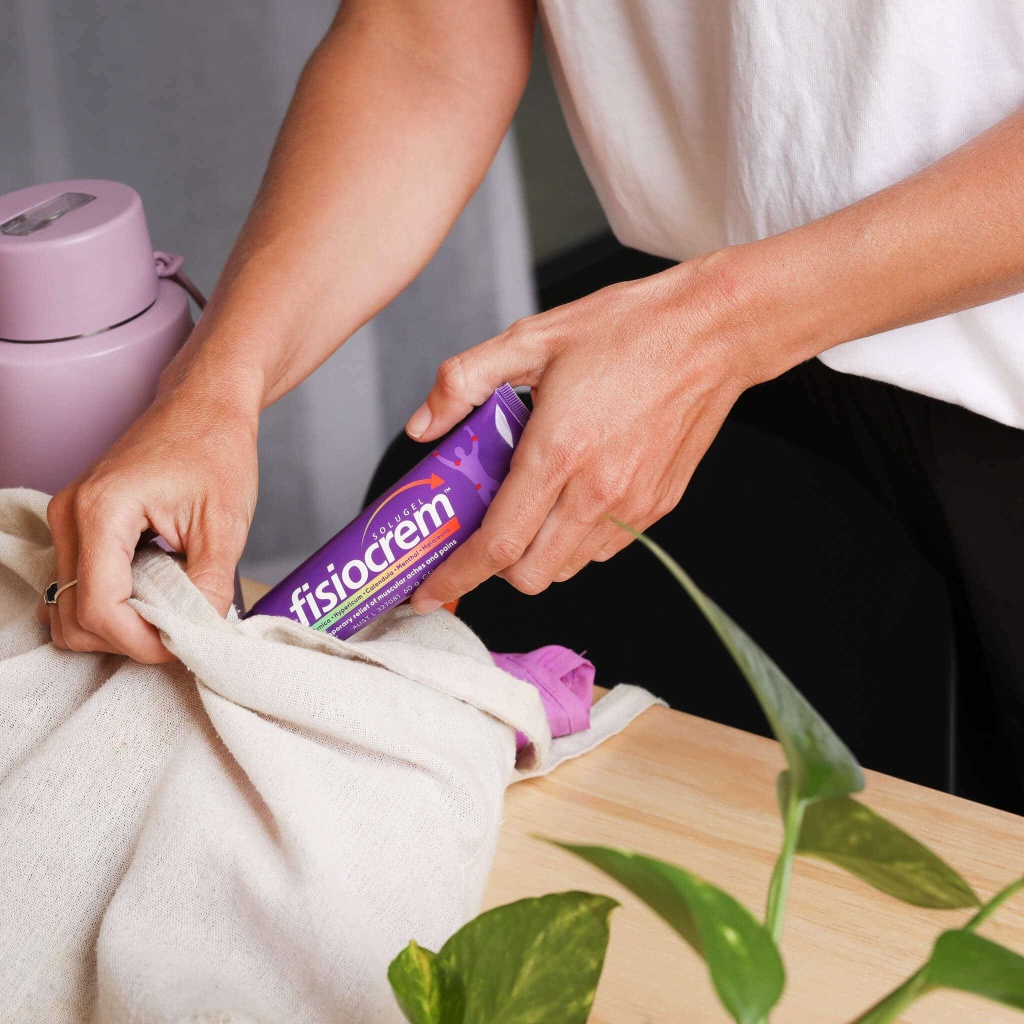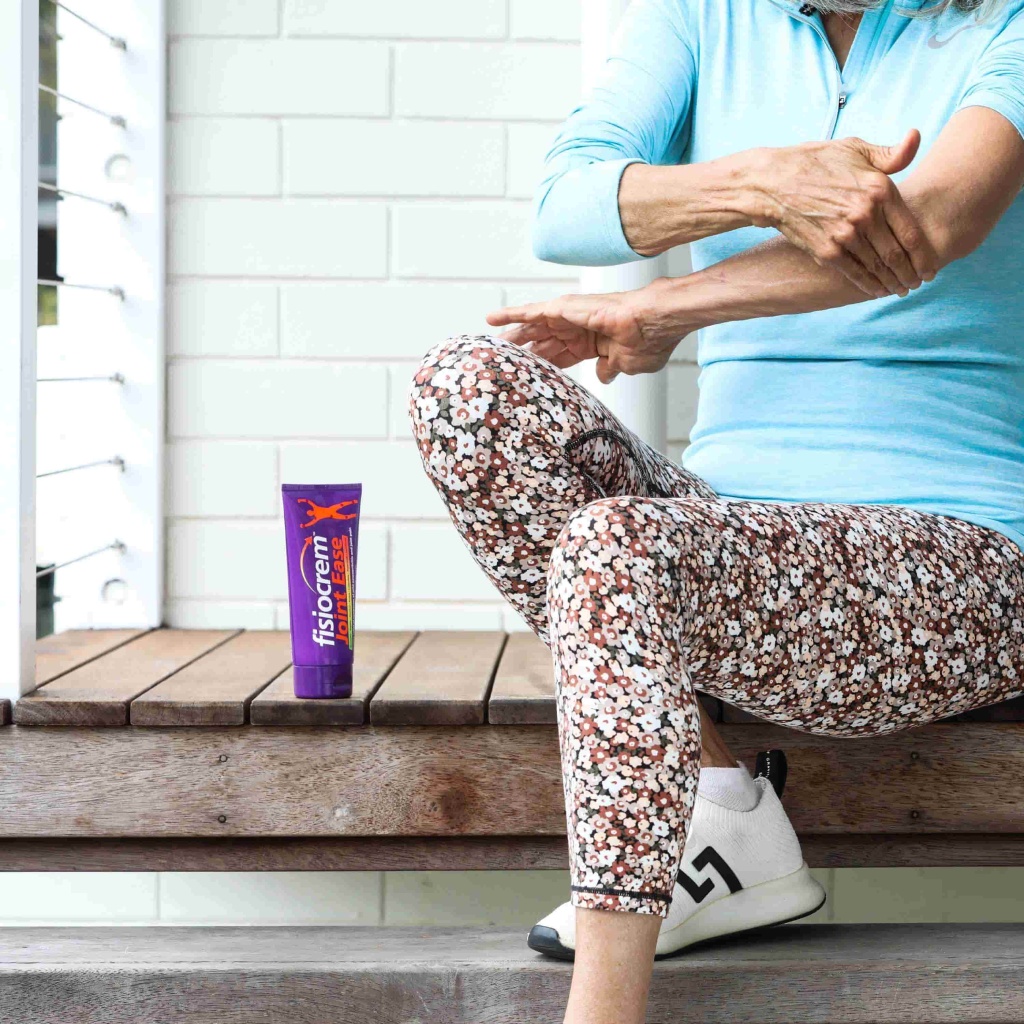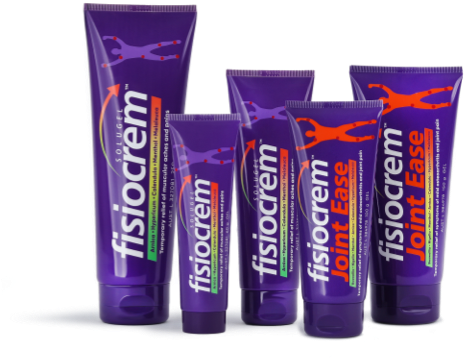An anti-inflammatory diet can help reduce stress, and depression and help relieve muscle and joint pain. Moreover, a decreased consumption of pro-inflammatory foods can help improve sleep quality, therefore improving one’s quality of life (Sala-Climent et al., 2023).
What Is Inflammation and Why Does It Matter?
Inflammation is the body’s primary response to injury, infection or irritation (Rankin, 2004)(Rondanelli et al., 2018). Inflammation is caused by the migration of immune cells from the blood vessels to the damaged site to repair damaged tissue (Rondanelli et al., 2018)(Schmid-Schönbein, 2006).
Acute Inflammation
Acute inflammation is the body’s immediate short-term response to injury or infection. Symptoms of acute inflammation can include, redness, swelling, tenderness, pain and reduced function. Please note that if the acute inflammatory phase does not eliminate the pathogen, and resolve the inflammation, the inflammatory process continues to develop into chronic inflammation. If inflammation is prolonged and ongoing it is important to see a healthcare professional as it may be a sign of a more serious condition or disorder (Rondanelli et al., 2018).
How Your Diet Can Influence Muscle & Joint Pain
Diet and nutrition are modifiable lifestyle factors that can impact inflammation and pain (Galland, 2010)(Philpot & Johnson, 2019). A diet with fruit, vegetables, olive oil, nuts, grains and legumes (e.g. Mediterranean diet), with adequate nutrients such as omega-3, and magnesium coupled with a reduction in processed foods can help to reduce inflammation (Galland, 2010)(Philpot & Johnson, 2019). These anti-inflammatory foods can moderate pain and improve functional loss associated with musculoskeletal conditions such as mild osteoarthritis, low back pain and decreased functional abilities (Towery et al., 2018). A low-inflammatory diet can be useful for not only reducing inflammation but also assisting with weight loss. A reduction in excess weight load placed on the joints and muscles improves physical function and reduces joint and muscle pain (Genel et al., 2020).

Eat for Relief: Foods That Help (and Hurt)
Below is a list of foods that can help moderate and reduce inflammation include:
- Fruits (Wu & Schauss, 2012). Citrus fruits such as oranges, lemons, and grapefruits are high in vitamin C and possess anti-inflammatory and antioxidant properties (Majdan et al., 2022).
- Berries including blueberries, strawberries, raspberries, and blackberries help to reduce stress and inflammation (Wu & Schauss, 2012)(Majdan et al., 2022).
- Vegetables that help with inflammation include: tomatoes, olives, garlic, broccoli, and leafy greens like spinach and kale (Wu & Schauss, 2012)(Lapuente et al., 2019).
- Nuts including almonds, walnuts, pistachios, cashews and hazelnuts (Wu & Schauss, 2012)(Salas-Salvadó et al., 2008).
- Wholegrains such as oats, barley, brown rice and quinoa (Wu & Schauss, 2012)(Lefevreet al., 2012).
- Fish are rich in omega-3 fatty acids. Types of fish that help reduce inflammation include Salmon, Mackerel, and Sardines (Ellulu et al., 2015).


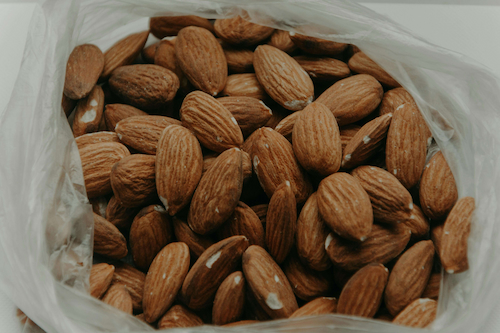
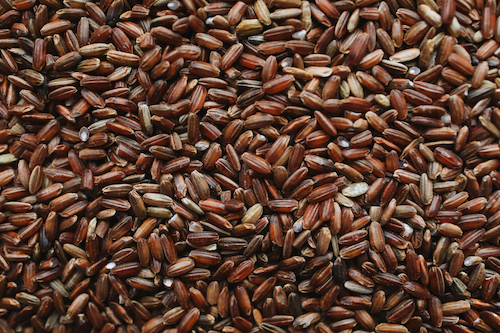
Foods to limit or avoid include:
- Red meat and processed meats like bacon, sausages and deli meats (Yu et al. 2024).
- Refined carbohydrates such as white bread, pastries and other processed grains (Yu et al. 2024).
- Alcohol (Yu et al. 2024).
- Added sugars: Sugary beverages like Coke, and desserts (Yu et al. 2024).
- Saturated fats & trans fats: Fried foods and processed snacks (Yu et al. 2024).
While diet plays a key role in managing inflammation, combining it with targeted support can enhance relief. For example, a joint pain cream can help ease inflammation and support joint pain relief, while a muscle pain relief cream may be beneficial for muscle aches, sprains, and strains.
Cooking Methods Make a Difference.
The anti-inflammatory properties of foods can be modified, increased or decreased as a result of particular cooking methods such as boiling, steaming or frying (Gunathilake, et al. 2018). The cooking methods of, raw, boiling, pan-frying, and toasting that have no added fats, and no added oil are associated with positive differences in several inflammatory markers (Rodríguez-Ayala et al., 2022)(Moreno-Franco et al. 2021). These include kidney function, vitamin D, thyroid hormones, and the preservation of key food nutrients (Rodríguez-Ayala et al., 2022)(Moreno-Franco et al. 2021). Cooking methods such as deep frying and stewing showed detrimental inflammatory profiles including lower levels of vitamin D (Rodríguez-Ayala et al., 2022). Herbs and spices beyond their seasoning properties, can also have a systematic impact on inflammation (Charneca et al, 2023). Herbs and spices such as cinnamon, garlic, coriander, ginger, turmeric, and saffron are popular spices to help reduce inflammation (Baliga et al., 2015). Curcumin is an active component found within turmeric. Curcumin has demonstrated potential as a treatment agent for mild osteoarthritis, a disease with an underlying inflammatory cause (Chin, 2016). It is effective in helping to reduce pain, and improve physical function, thus improving mild osteoarthritis suffers quality of life (Chin, 2016).
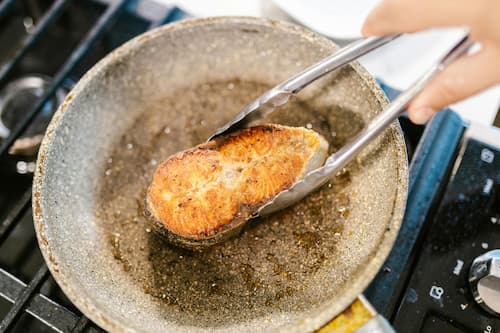
References
1) Baliga, M., Mane, P., Nallemgera, J., Thilakchand, K., Kalekhan, F. (2015). Foods and Dietary supplements in the prevention and treatment of disease in older adults, (41-49).
2) Charneca, S., Hernando, A., Costa-Reis, P., & Guerreiro, C. S. (2023). Beyond Seasoning-The Role of Herbs and Spices in Rheumatic Diseases.
3) Chin, K. (2016). Drug Design, Development and therapy, (10) 3029-3042.Chin, K.-Y. (2016). Doi:10.2147/dddt.s117432
4) Ellulu, M. S., Khaza’ai, H., Abed, Y., Rahmat, A., Ismail, P., & Ranneh, Y. (2015). Role of fish oil in human health and possible mechanism to reduce the inflammation. Inflammopharmacology, 23(2–3), 79–89.
5) Gunathilake, K. D. P. P., Ranaweera, K. K. D. S., & Rupasinghe, H. P. V. (2018). Influence of Boiling, Steaming and Frying of Selected Leafy Vegetables on the In Vitro Anti-inflammation Associated Biological Activities.
6) Rodríguez-Ayala, M., Banegas, J. R., Ortolá, R., Gorostidi, M., Donat-Vargas, C., Rodríguez-Artalejo, F., & Guallar-Castillón, P. (2022). Cooking methods are associated with inflammatory factors, renal function, and other hormones and nutritional biomarkers in older adults.
7) Moreno-Franco, B., Rodríguez-Ayala, M., Donat-Vargas, C., Sandoval-Insausti, H., Rey-García, J., Lopez-Garcia, E., Benegas, J., Rodríguez-Artalejo, F., Guallar-Castillón, P. (2021). Association of Cooking Patterns with Inflammatory and Cardio-Metabolic Risk Biomarkers.
8) Galland, L. (2010). Diet and Inflammation. Nutrition in Clinical Practice, 25(6), 634–640.
9) Genel, F., Kale, M., Pavlovic, N., Flood, V. M., Naylor, J. M., & Adie, S. (2020). Journal of Nutritional Science.
10) Lapuente, M., Estruch, R., Shahbaz, M., & Casas, R. (2019). Relation of Fruits and Vegetables with Major Cardiometabolic Risk Factors, Markers of Oxidation, and Inflammation. Nutrients, 11 (10), 2381.
11) Lefevre, M., Jonnalagadda, S. (2012). Effect of whole grains on markers of subclinical inflammation. Nutrition Reviews, 70 (7), 387–396.
12) Majdan, M., & Bobrowska-Korczak, B. (2022). Active Compounds in Fruits and Inflammation in the Body. Nutrients, 14 (12), 2496.
13) Philpot, U., & Johnson, M. I. (2019). Diet Therapy in the Management of Chronic Pain: Better Diet Less Pain?. Pain Management, 9(4), 335–338.
14) Rankin, J. (2004). Biological Mediators of Acute Inflammation. AACN Advanced Critical Care, 15 (1), 3-17.
15) Rondanelli, M., Faliva, M. A., Miccono, A., Naso, M., Nichetti, M., Riva, A., Fabio, G., De Gregori, M., Peroni, G., Perna, S. (2018). Food pyramid for subjects with chronic pain: foods and dietary constituents as anti-inflammatory and antioxidant agents. Nutrition Research Reviews, 31 (1).
16) Sala-Climent, M., López de Coca, T., Guerrero, M., Muñoz, F., López-Ruíz, M., Moreno, L., Alacreu, M., Dea-Ayuela, M. (2023). The effect of an anti-inflammatory diet on chronic pain: a pilot study.
17) Salas-Salvadó, J., , Casas-Agustench, P., Murphy, M., López-Uriarte, P., Bulló, M. (2008). The effect of nuts on inflammation.
18) Schmid-Schönbein, G. W. (2006). Annual Review of Biomedical Engineering, 8(1), 93–151.
19) Towery, P., Guffey, S., Doerflein, C., Stroup, K., Saucedo, S., Taylor, J. (2018). Chronic musculoskeletal pain and function improve with a plant-based diet. Complementary Therapies in Medicine, 40, 64-69.
20) Wu, X., & Schauss, A. G. (2012). Mitigation of Inflammation with Foods. Journal of Agricultural and Food Chemistry, 60(27), 6703–6717.
21) Yu X, Pu H, Voss M. (2024). Overview of anti-inflammatory diets and their promising effects on non-communicable diseases. British Journal of Nutrition. 2024;132(7):898-918.
Inflammation is one of the body’s first biological responses within the immune system (Zhu et al., 2017). The body aims to repair tissue associated with infection, injury or irritation (Schmid-Schönbein, 2006). Some common causes of inflammation include obesity, stress, injury and bacteria within the body (Lieberthal et al., 2015)(Cristofori et al., 2021)(Liu et al., 2017).
Inflammation can be a symptom of a more serious condition or disease, like mild arthritis and mild osteoarthritis (OA)(Lieberthal et al., 2015). It can lead to pain, sleeping issues, fatigue, and mood alterations that can drastically affect one’s lifestyle (Dantzer et al., 2008).
Luckily, there are some factors we can change to reduce and manage inflammation. These include what we eat, how much we exercise, not smoking, and drinking less alcohol (Kantoret al., 2013). Other good ways to manage inflammation include oral and topical anti-inflammatories. These can help reduce inflammation and keep you moving comfortably.
Below are some helpful tips and guidance to help you reduce and manage inflammation in the body so you can keep moving.
Anti-Inflammatory Diet: What To Eat (and Avoid)
Nutrition and dietary patterns can influence the body’s inflammatory response (Galland, 2010). Therefore, a diet of high-antioxidant foods and drinks can help combat inflammation (Lu et al., 2015). Just as certain foods can help reduce inflammation, certain foods can also increase it.
Below is a list of anti-inflammatory foods that fight inflammation.
- Fish: Salmon & tuna (Triggs et al., 2010)
- Garlic & ginger (Parvez et al., 2019)
- Nuts: Almonds & walnuts (Parvez et al., 2019) (Rajaram et al., 2023)
- Leafy greens: Spinach & kale (Randhawa et al., 2015)
- Grains: Barley and wheat (Parvez et al., 2019)
- Fruits: Blueberries, strawberries, cherries, grapes (Joseph et al., 2014) (Parvez et al., 2019)
- Vegetables: Potatoes, carrots, and red peppers (Reddivari et al., 2019) (Parvez et al., 2019)

Certain processed and refined foods can contribute to and worsen inflammation, these include:
- Salt (Parvez et al., 2019) (Myles, 2014)
- Gluten (Myles, 2014)
- Sugar (Parvez et al., 2019): Soft drinks and desserts
- Saturated fat, trans fat, omega 6 fatty acids (Parvez et al., 2019): Beef and fried foods
- Alcohol (Parvez et al., 2019)
Having a balanced diet can help reduce and relieve inflammation and help support a healthy and active lifestyle. Just remember everything in moderation.
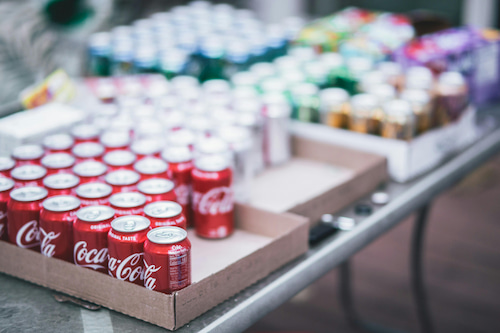
Movement & Recovery Around Inflammation
Exercise can both cause and reduce inflammation (Woods et al., 2011). However regular exercise has far more health benefits than a sedentary lifestyle that can lead to adverse health outcomes, such as obesity (Wanigatunga et al., 2022) (Febbraio, 2007).
Exercise can cause muscle and connective tissue damage, typically when exercise is done at high intensities for a prolonged duration (Woods et al., 2011). This is typically referred to as delayed onset muscle soreness (DOMS). This temporary discomfort occurs as the body adapts to the new overload stress or new level of activity. Eventually leading to increased strength within the muscles.
Regular cardiovascular exercise training can help reduce and moderate inflammation. Exercise activity such as brisk walking or low-impact activities, can help improve circulation and reduce stiffness (Woods et al., 2011).
Low-impact exercises can include:
- Swimming – Reduces pressure on the joints
- Yoga or stretching – Helps to maintain flexibility and mobility.
- Inadequate sleep can also lead to increased inflammation.
Therefore it is important to maintain a good sleep duration and ensure you have a quality sleep through good sleeping patterns. This can help reduce inflammation and allow the body time to recover (Simpson et al., 2008).
Anti-Inflammatory Creams/Gels For Pain: What You Need to Know
Topical anti-inflammatory gels and creams have many advantages over oral anti-inflammatory tablets, with reduced incidence of systematic side effects (Stanos et al., 2015)(Argoff et al., 2013). Topical creams/gels are effective in the management of inflammation and pain, associated with conditions like mild osteoarthritis (Stanos et al., 2015).
Topical pain relief creams/gels like fisiocrem Solugel & fisiocrem Joint Ease can help relieve inflammation and soreness. Both fisiocrem products can be used in conjunction with oral anti-inflammatories, unlike other topical gels.
fisiocrem Solugel - Muscle pain & inflammation
fisiocrem Solugel is a clinically tested pain relief gel for muscle pain and soft tissue injuries (Ramon et al., 2022). In a randomised, double-blind, placebo-controlled, clinical trial fisiocrem Solugel was shown to significantly reduce pain and improve mobility within minutes of application; used twice daily, it continued to improve musculoskeletal pain and mobility over 14 days, showing the benefit of both immediate and longer-term pain relief (Ramon et al., 2022)
fisiocrem Joint Ease - Mild Joint pain & inflammation
fisiocrem Joint Ease is formulated to help relieve symptoms associated with mild arthritis. In particular, it helps reduce inflammation and stiffness within the joint area improving joint mobility.
FAQ's - All about inflammation
Do’s: Eat a healthy balanced diet rich with anti-oxidant foods. Develop regular exercise habits and ensure adequate sleeping patterns. Utilise topical pain relief products to manage inflammation and swelling.
Don’ts: Eat a diet high in sugar, fats and salt. Operate on minimal sleep and consume large sums of alcohol.
A traditional Mediterranean diet has a high ratio of monounsaturated (MUFA) to saturated (SFA) fats and polyunsaturated fatty acids (PUFAs). This diet has an abundance of fruits, vegetables, legumes, and grains, that have anti-inflammatory effects (Galland, 2010).
A traditional Mediterranean diet has anti-inflammatory properties. This diet places emphasis on fruits, vegetables, and olive oil consumption, with limited meat consumption (Tsigalou et al., 2020).
An anti-inflammatory diet is rich in omega-3s and polyphenols. An important aspect of an anti-inflammatory diet is the reduced intake of omega-6 fatty acids (Sears et al., 2015).
An anti-inflammatory cream like fisiocrem Solugel and fisiocrem Joint Ease can reduce swelling and pain. They help alleviate discomfort and reduce symptoms from sprains, strains, sports injuries and soft tissue trauma.
A topical anti-inflammatory cream like fisiocrem Solugel and fisiocrem Joint Ease can help reduce swelling and relieve pain. Explore the fisiocrem product range.
In conclusion making mindful changes to diet, exercise habits, and lifestyle can help reduce inflammation and improve movement and health outcomes. Incorporating topical pain relief creams/gels into your routine can assist with pain management and inflammation.
Discover how fisiocrem can support your recovery.
References
1) Argoff, C. E. (2013). Topical Analgesics in the Management of Acute and Chronic Pain. Mayo Clinic Proceedings, 88(2), 195–205.
2) Cristofori, F., Nadia Dargenio, V., Dargenio, C., Leonardo Miniello, V., Barone, M., Francavilla, R. (2021). Anti-Inflammatory and Immunomodulatory Effects of Probiotics in Gut Inflammation: A Door to the Body. Intestinal Dysbiosis in Inflammatory Diseases, 12.
3) Dantzer, R., Capuron, L., Irwin, M., Miller, A., Ollat, H., Perry, V., Rousey, S., Yirmiya, R. (2008). Identification and treatment of symptoms associated with inflammation in medically ill patients, 33-22.
4) Febbraio, M. A. (2007). Exercise and inflammation. Journal of Applied Physiology, 103(1), 376–377.
5) Galland, L. (2010). Diet and Inflammation. Nutrition in Clinical Practice, 25(6), 634–640.
6) Hess, J. M., Stephensen, C. B., Kratz, M., & Bolling, B. W. (2021). Exploring the Links between Diet and Inflammation: Dairy Foods as Case Studies. Advances in Nutrition, 12.
7) Joseph, S. V., Edirisinghe, I., & Burton-Freeman, B. M. (2014). Berries: Anti-inflammatory Effects in Humans. Journal of Agricultural and Food Chemistry, 62(18), 3886–3903.
8) Kantor, E. D., Lampe, J. W., Kratz, M., & White, E. (2013). Lifestyle Factors and Inflammation: Associations by Body Mass Index.
9) Lieberthal, J., Sambamurthy, N., Scanzello, R. (2015). Retrieved from: https://www.sciencedirect.com/science/article/pii/S106345841501300X
10) Lieberthal, J., Sambamurthy, N., Scanzello, R. (2015). Retrieved from: https://www.sciencedirect.com/science/article/pii/S106345841501300X
11) Liu, y., Wang, Y., Jiang, C. (2017). Inflammation: The Common Pathway of Stress-Related Diseases. Brain Health and Clinical Neuroscience, 11.
12) Lu, C., Yen, C. (2015) Antioxidative and anti-inflammatory activity of functional foods, 2.
13) Metsios, G. S., Moe, R. H., & Kitas, G. D. (2020). Exercise and inflammation. Best Practice & Research Clinical Rheumatology, 34(2), 101504.
14) Myles, I. A. (2014). Fast food fever: reviewing the impacts of the Western diet on immunity. Nutrition Journal, 13(1).
15) Parvez, M., Akanda, K. (2019). Foods and Arthritis: An Overview, 3-22
16) Ramon et al Ortho & Rheum Open Access J 20(1): OROAJ.MS.ID.556028 (2022) This study was funded by fisiocrem.
17) Randhawa, M. A., Khan, A. A., Javed, M. S., & Sajid, M. W. (2015). Chapter 18 – Green Leafy Vegetables: A Health Promoting Source. 205-220.
18) Rajaram, S., Damasceno, N. R. T., Braga, R. A. M., Martinez, R., Kris-Etherton, P., & Sala-Vila, A. (2023). Effect of Nuts on Markers of Inflammation and Oxidative Stress: A Narrative Review. 15(5), 1099.
19) Reddivari, L., Wang, T., Wu, B., & Li, S. (2019). Potato: an Anti-Inflammatory Food. American Journal of Potato Research, 96(2), 164–169.
20) Schmid-Schönbein, G. (2006). Analysis of inflammation. Annual Review of Biomedical Engineering, 8(1), 93–151.
21) Sears, B. (2015). Anti-inflammatory Diets. Journal of the American College of Nutrition, 34(sup1), 14–21.
22) Simpson, N., & Dinges, D. F. (2008). Sleep and Inflammation. Nutrition Reviews, 65(3), S244–S252.
23) Stanos, S. P., & Galluzzi, K. E. (2015). Topical Therapies in the Management of Chronic Pain. Postgraduate Medicine, 125(1), 25–33.
24) Triggs, C. M., Munday, K., Hu, R., Fraser, A. G., Gearry, R. B., Barclay, M. L., & Ferguson, L. R. (2010). Dietary factors in chronic inflammation: Food tolerances and intolerances of a New Zealand Caucasian Crohn’s disease population. 690(1), 123–138.
25) Tsigalou, C., Konstantinidis, T., Paraschaki, A., Stavropoulou, E., Voidarou, C., & Bezirtzoglou, E. (2020). Mediterranean Diet as a Tool to Combat Inflammation and Chronic Diseases. An Overview. Biomedicines, 8(7), 201.
26) Wanigatunga, A. A., Chiu, V., Cai, Y., Urbanek, J. K., Mitchell, C. M., Miller, E. R., Christenson, R. H., Rebuck, H., Michos, E. D., Juraschek, S. P., Walston, J., Xue, Q.-L., Bandeen-Roche, K., Appel, L. J., & Schrack, J. A. (2022). Patterns of Daily Physical Movement, Chronic Inflammation, and Frailty Incidence, 281-288.
27) Woods, J. A., Wilund, K. R., Martin, S. A., & Kistler, B. M. (2011). Exercise, Inflammation and Aging. Aging and Disease, 3(1), 130.
28) Zhu, F., Du, B., & Xu, B. (2017). Anti-inflammatory effects of phytochemicals from fruits, vegetables, and food legumes: A review. Critical Reviews in Food Science and Nutrition, 58(8), 1260–1270.
Pain after exercise is something anyone who works out regularly knows well. After a workout, you may feel great, but the next day, sore muscles can make movement difficult. This discomfort, known as delayed onset muscle soreness (DOMS), typically occurs 1 to 2 days after exercise (MacIntyre et al., 1995).
While it’s a normal part of building strength and endurance, there are effective ways to manage muscle pain and speed up recovery. Discover the reasons behind post-exercise soreness, ways to relieve it, and how fisiocrem Solugel can support your recovery.
What causes muscle pain after exercise?
Muscle soreness after exercise occurs when muscles experience micro-tears because of intense physical activity (Cheung et al., 2003). This is especially common when trying new exercises or increasing workout intensity. The body’s inflammatory response to these tears leads to swelling and inflammation, which contributes to pain and stiffness. Delayed onset soreness is most common after eccentric exercises, like downhill running or lowering weights (Gulick, et al., 1996).
Muscle soreness is a sign that your body is adapting and growing. Severe discomfort may indicate a more serious soft tissue injury requiring additional care.
What helps sore muscles after a workout?
Here are some evidence-based strategies to manage soreness and support recovery:
1. Stay Hydrated
Hydration plays a crucial role in flushing out toxins and reducing muscle cramping. Drink plenty of water before, during, and after exercise to support overall muscle function (Chodkowski, 2024).
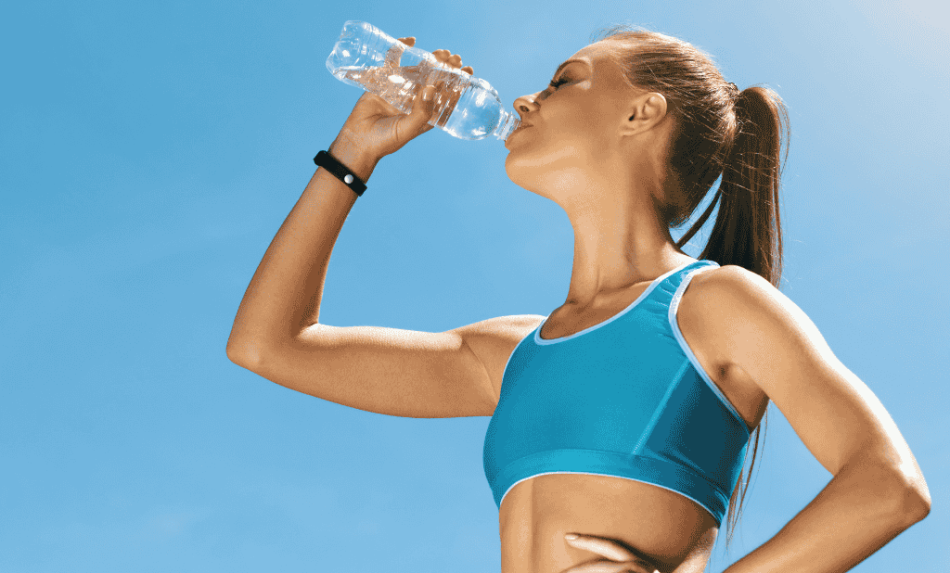
2. Active recovery
Gentle movements like walking, cycling, or stretching help increase blood flow to sore areas, promoting faster recovery. Active recovery can also reduce stiffness associated with DOMS.
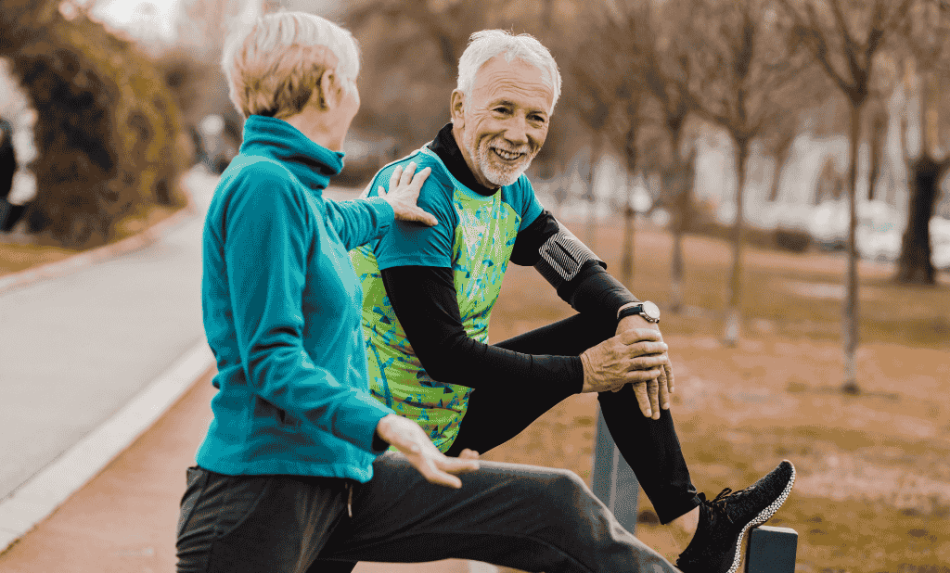
3. Cold and heat therapy
Applying ice to sore muscles in the first 24 hours can help reduce inflammation. Afterwards, using a heat pack may relieve stiffness and promote relaxation (Wang et al., 2021).
4. Massage and foam rolling
Using a foam roller or massaging sore muscles improves circulation, reduces tension, and aids in recovery (Wiewelhove, et al., 2019).
5. Topical pain relief gels
Products like fisiocrem Solugel are ideal for managing post-exercise muscle pain. Fisiocrem Solugel is a topical anti-inflammatory gel containing naturally derived active ingredients and menthol. Topical gels like fisiocrem Solugel help to relieve soreness and reduce swelling associated with soft tissue injuries. Simply apply the gel to the affected area for effective muscle pain relief (Ramon et al., 2022).
How to prevent muscle soreness
Although it’s impossible to avoid all muscle soreness, incorporating these strategies can help minimise discomfort:
- Warm-up and cool down: Preparing muscles with dynamic stretches before exercise and cooling down afterwards, can reduce stiffness.
- Gradual progression: Increase workout intensity gradually to allow muscles time to adapt.
- Maintain good nutrition: Eating a balanced diet with protein and anti-inflammatory foods helps repair muscles and relieve pain.
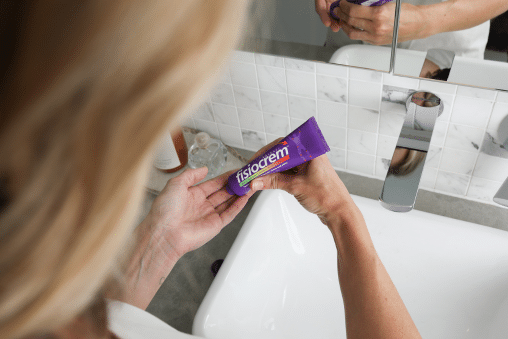
How to relieve muscle pain after exercise
When muscle pain strikes, quick action can help reduce discomfort and get you back to your routine faster. Stretching, using foam rollers, or applying a topical gel designed for muscle pain relief are great immediate remedies. Keeping inflammation in check is key to reducing sore muscles after a workout.
When to seek professional help
If muscle pain lasts more than a week, or if there is severe swelling or limited movement, consult a healthcare professional. Persistent pain may indicate a more serious injury, such as a strain or sprain, that requires specialised treatment.
Muscle soreness is a natural part of physical fitness, but it doesn’t have to slow you down. Incorporating recovery strategies like hydration, active recovery, and topical pain relief gels like fisiocrem Solugel can keep you moving.
If you have mild discomfort or a soft tissue injury, taking steps to manage inflammation will help you to keep moving.
References:
- Cheung, K., Hume, P. A., & Maxwell, L. (2003). Sports Medicine, 33(2), 145–164.
- Chodkowski, J. (2024). The Role of Nutrition and Hydration in Injury Prevention and Recovery: A Review.
- Gulick, D. T., Kimura, I. F., Sitler, M., Paolone, A., & Kelly, J. D. (1996). Various treatment techniques on signs and symptoms of delayed onset muscle soreness.
- MacIntyre, D. L., Reid, W. D., & McKenzie, D. C. (1995). Sports Medicine, 20(1), 24–40.
- Ramon et al Ortho & Rheum Open Access J 20(1): OROAJ.MS.ID.556028 (2022) This study was funded by fisiocrem.
- Wang, Y., Li, S., Zhang, Y., Chen, Y., Yan, F., Han, L., Ma, Y. (2021). Physical therapy in sport, 48, 177-187.
- Wiewelhove, T., Döweling, A., Schneider, C., Hottenrott, L., Meyer, T., Kellmann, M., Pfeiffer, M., Ferrauti, A. (2019). Exercise Physiology. A meta-analysis of the effects of foam rolling on performance and recovery, 10.
As January rolls in, so do our fitness goals and New Year’s resolutions. Preparing for success starts before your workout. Whether you are stepping into the gym for the first time, returning after a break, or starting a new fitness plan.
Starting strong can help you avoid problems like injury and muscle pain. This keeps you motivated to reach your goals all year.
Here is a comprehensive guide to preparing effectively for a workout and maintaining optimal performance.
1. Set Clear Intentions for Your Workout
A workout without a plan can lead to wasted time or overexertion. Decide what you want to achieve whether it’s improving cardio fitness, building strength, or trying something new like yoga. Having a clear goal will help you structure your session and focus on what matters.
2. Hydrate, Hydrate, Hydrate
Proper hydration is essential for muscle function and endurance. Aim to drink water throughout the day, not just right before you workout. If you’re exercising for an extended period or in the heat, consider an electrolyte drink to replenish lost minerals.
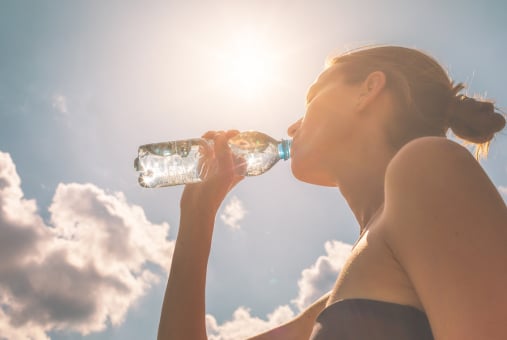
3. Fuel Your Body the Right Way
Your pre-workout nutrition plays a crucial role in optimising your performance. Consuming a light snack containing carbohydrates and protein can provide the necessary energy to support your workout session. Good options include a banana with peanut butter or a slice of whole-grain toast. Avoid heavy or greasy meals that may weigh you down.
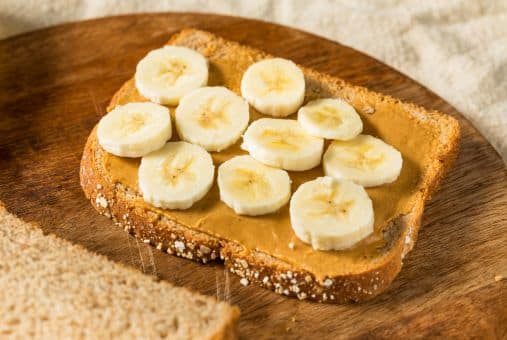
5. Stretch Strategically
While static stretches are better suited for after a workout, dynamic stretches are ideal for pre-exercise. These involve movements, such as lunges with a twist or shoulder rolls, and help prime your muscles for action.
To learn about the benefits of different types of stretching, read our guide. It covers static and dynamic stretching. You can find helpful tips on how to add them to your routine.
6. Check Your Gear
6. Check Your Gear
Selecting appropriate workout attire is essential for ensuring comfort and performance during exercise. Choose breathable, moisture-wicking fabrics, and make sure your shoes provide adequate support for your activity. Don’t forget to check any fitness equipment you’ll be using for safety and functionality.
7. Start Slow and Listen to Your Body
Jumping into a new workout plan with full energy too soon can lead to injury. Start at a pace that feels manageable and gradually increase the intensity over time. Listen to your body —if you experience discomfort or soreness, allow yourself time to rest and recover.
8. Cool Down Post-Workout
Although it occurs after your workout rather than before, incorporating a cool-down routine is vital. Cooling down helps gradually lower your heart rate and reduce muscle stiffness. Devote a few minutes to light walking or stretching to support recovery and enhance flexibility.
Support Your Muscles with fisiocrem Solugel - Muscle Pain Relief Gel
Even with careful preparation, muscle aches and soreness can still happen. This is especially true when starting a new fitness routine or increasing activity. This is where fisiocrem Solugel can help provide muscle pain relief.
Specifically formulated with naturally derived active ingredients and menthol, fisiocrem Solugel helps to alleviate symptoms associated with muscle strains, sprains, and soft tissue injuries.
Applying fisiocrem Solugel after your workout can help relieve muscle aches and pains so you can keep moving. fisiocrem Solugel helps you stay focused on your fitness goals.
Shop fisiocrem Solugel – Gel for sore muscles.
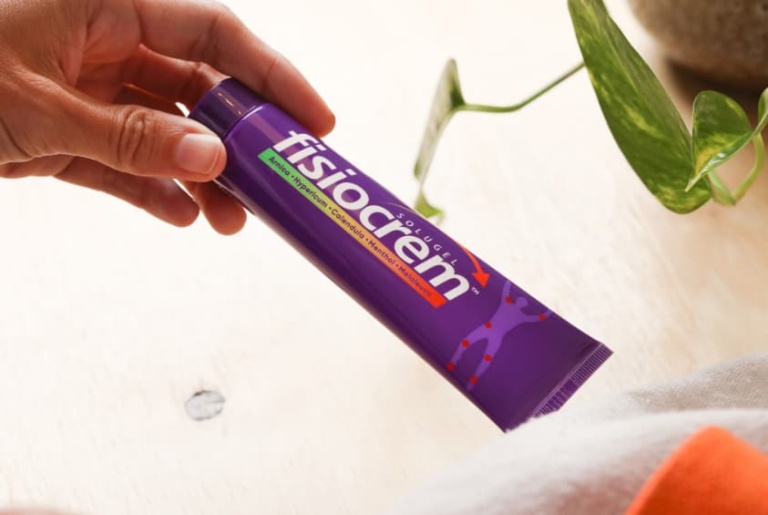
Make This Year Your Best Yet
By following these essential steps before your workout, you’ll build a strong foundation for all your workouts. Fisiocrem actively supports your journey toward an active and healthy lifestyle.
Connect with us on Instagram, Facebook, and Strava to stay engaged and informed. Track your progress, share your achievements, and find inspiration.
We share helpful tips, fun challenges, and motivational content to keep you active and focused on your goals all year round. Let’s work together to make this your most successful and active year yet—with fisiocrem by your side!
FAQ's: What to Do Before a Workout
Spend about 5-10 minutes warming up. Focus on dynamic movements that get your blood flowing and prepare your muscles for exercise, such as leg swings, arm circles, or light cardio.
A small, balanced snack that includes carbohydrates and protein is ideal.
No, it’s important to start slow and listen to your body. Begin at a manageable pace, and gradually increase the intensity over time to avoid injury.
Muscle soreness is common, especially if you’re new to exercise. Using a product like fisiocrem Solugel can help relieve pain and discomfort. Simply apply the gel to sore muscles after your workout to speed up recovery.
Celebrating Tradies National Health Month
August is Tradies National Health Month (TNHM). The Australian Physiotherapy Association (APA) started TNHM in 2012. The event focuses on the health and wellness of tradies in Australia.
Australia is currently dealing with a trade shortage and housing crisis, which puts a lot of strain on tradies. At times like these, it’s essential to prioritise their health, as they play a crucial role in our economy. Tradies need to focus on managing pain and preventing injuries to maintain their well-being. By taking care of their health, they can keep working effectively and continue to support our economy.
Understanding Tradies' Health Challenges
Tradies encounter unique health challenges because of the physically demanding nature of their work. Recent surveys highlight the pressing issues:
- Over 90% of tradies experienced work-related injuries or pain last year.
- 76% reported that pain significantly impacts their quality of life.
- 42% described their pain as severe, with some enduring discomfort for months or even years.
- 87% medicate or self-medicate to manage their pain, with 30% resorting to drugs or alcohol.
- 24% are concerned that they will need to retire early because of physical strain.
- Nearly two-thirds who saw a physiotherapist reported significant pain reduction or elimination.
These numbers show that tradies need better ways to manage pain and prevent health issues.
Survey Source: Australian Physiotherapy Association (2024). 2024 Tradies National Health Survey. Understanding how tradies manage pain.
Australian Pain Relief Solutions for Tradies
For tradies battling with pain and discomfort, finding the right solutions is essential. Here’s a look at two standout products that can help make a difference:
Muscle & Back Pain Relief Cream: fisiocrem Solugel
Why fisiocrem Solugel is helpful for tradies:
Tradies frequently face physically demanding tasks that can lead to various forms of muscle pain and back discomfort. From lifting heavy materials to working in awkward positions, these activities put a significant strain on the body. fisiocrem Solugel emerges as a helpful tool for managing such pain and aiding in recovery. This cream helps relieve muscle and back pain from common injuries and strains at work.
Key Benefits of fisiocrem Solugel:
fisiocrem Solugel addresses a range of issues that tradies encounter, including:
- Topical Anti-inflammatory: The gel effectively reduces inflammation, which is crucial for alleviating pain and swelling from injuries. This makes it a valuable option for easing back pain and muscle discomfort.
- Analgesic Effects: It provides effective pain relief by targeting sore and aching muscles. Whether dealing with acute muscle strains or persistent back pain. fisiocrem Solugel helps in managing pain, allowing you to continue working without constant discomfort.
- Enhances Blood Flow: fisiocrem Solugel stimulates blood flow to the skin, promoting faster healing and recovery. This is particularly beneficial for tradies who need to recover quickly from muscle fatigue and strain.
- Muscle Spasms: fisiocrem helps to reduce mild muscle spasms and twitches. Which are common among those who engage in repetitive or strenuous tasks.
- Helps muscles recover faster after exercise and improves performance, allowing tradies to stay productive at work.
How to Use fisiocrem Solugel:
Apply fisiocrem Solugel to the affected area up to three to four times daily. Massage the gel gently into the skin until fully absorbed. fisiocrem Solugel can be applied throughout the day on the job or at home after a long day of work. This application will help to facilitate recovery and manage pain.
The 60g tube of fisiocrem Solugel is convenient to keep in your toolbox or work vehicle. Shop now.
fisiocrem Solugel stands out as a superior choice for tradies dealing with muscle pain, back discomfort, and minor injuries. Its diverse range of benefits make it an invaluable addition to any tradie’s toolkit.
Integrating fisiocrem Solugel into your daily routine, can help you manage your pain and accelerate recovery. This ensures that you keep moving and can be productive in your demanding role.
Discover the Benefits of fisiocrem Joint Ease
Why fisiocrem Joint Ease is helpful for tradies:
For many tradies, joint discomfort and stiffness are frequent challenges, especially given the physically demanding nature of their work. fisiocrem Joint Ease specifically addresses symptoms associated with mild arthritis, mild osteoarthritis, and mild joint pain. It helps support overall joint health, making it a helpful product for tradies.
Key Benefits of fisiocrem Joint Ease:
fisiocrem Joint Ease offers a range of benefits tailored to alleviate joint discomfort and enhance joint function:
- Anti-inflammatory Properties: Reduces joint inflammation and swelling, providing temporary relief from mild joint aches and pains.
- Analgesic Effects: Offers effective pain relief for mild arthritis and temporary joint soreness, allowing for more comfortable movement.
- Supports Tissue Repair: Aids in the repair and regeneration of body tissues around the joints, enhancing overall joint health.
- Improves Joint Mobility: Promotes flexibility and mobility, essential for tradies who rely on their joints for various tasks.
- Alleviates Joint Stiffness: Reduces mild joint stiffness, facilitating easier movement and reducing discomfort during work.
How to Use fisiocrem Joint Ease:
Apply fisiocrem Joint Ease to the affected joint area up to three times a day. Gently massage the cream into the skin until it fully absorbs. Use it during breaks at work or at home to manage joint pain and support joint function throughout the day.
Injury Prevention Tips for Tradies
Preventing injuries is as crucial as managing pain. Here are some practical strategies to help tradies reduce their risk of injury:
Use Proper Technique
Employ correct lifting techniques by bending at the knees, not the waist. This helps avoid back strain and reduces the risk of musculoskeletal injuries.
Take Regular Breaks
Incorporate frequent breaks into your work routine to prevent overuse injuries. Use these breaks to stretch and enhance flexibility, which can help mitigate muscle and joint strain.
Invest in Ergonomic Tools
Use ergonomic tools designed to minimise physical strain. Using well-designed tools can lower the chance of repetitive strain injuries and make work more comfortable.
Perform Warm-Up Exercises
Include warm-up exercises in your daily routine to prepare your muscles and joints for the physical demands of your work. Warm-ups can improve flexibility and reduce the likelihood of injuries.
Stay Hydrated and Eat Well
Proper hydration and a balanced diet are vital for overall health and recovery. Make sure to drink plenty of water and eat a healthy diet to help your body heal and stay energised.
Prioritising Tradies' Health
August is an excellent time to focus on the health of our tradies. We can help essential workers stay healthy and well by managing pain and preventing injuries. Utilising products like fisiocrem Solugel and fisiocrem Joint Ease, alongside practical injury prevention strategies, can help ensure a healthier future for our hardworking tradies.
FAQ
Needing pain relief for back pain?
For relief from back pain, try fisiocrem Solugel. This topical cream helps reduce inflammation and relieve pain through its anti-inflammatory and analgesic properties. Simply apply it to the affected area for effective relief. For ongoing issues, consider consulting a healthcare professional.
How often should tradies take breaks during physically demanding tasks?
Tradies should take breaks every 30 to 60 minutes during physically demanding tasks. Short, frequent breaks help prevent overuse injuries and reduce muscle fatigue. Use these breaks to stretch, move around, and rest, which can help maintain overall comfort and productivity throughout the workday.
Why is hydration important for tradies, and how can it impact their performance?
Proper hydration is crucial for tradies as it helps maintain energy levels, supports muscle function, and prevents fatigue. Dehydration can lead to decreased concentration, muscle cramps, and reduced physical performance.
Running Clubs
If you enjoy running or are interested in trying it, think about joining a running club. You can experience the benefits of running with others in your community. Joining a run club could be the next step in enhancing your running experience and overall well-being.
Why choose a running club?
Joining a running club extends beyond simply logging kilometres. It opens doors to a supportive community, training programs, and various social opportunities. These opportunities can transform your approach to running and improve your fitness and mental health.
1. Community & Social Runs
One of the most significant benefits of joining a running club is the sense of community it fosters. Whether you’re a beginner or a seasoned runner, running clubs welcome all levels of experience. They offer a supportive environment where you can meet new people who share your passion for running. Most run clubs organise weekly running sessions, where members gather for slow runs, speed sessions, Sunday long runs or some social fun runs.
2. Structured Training & Events
Most running clubs provide structured training programs designed by experienced coaches. These programs cater to various fitness levels and goals, from completing your first 5K to tackling a marathon. In addition to regular training sessions, clubs often host events such as races, time trials, and themed runs. These events add excitement to running calendar’s and also provide opportunities to challenge yourself and track your progress.
Running clubs often host special events that enrich social interaction. These include themed runs like Valentine’s Day or runs that support a local businesses such as a coffee shop or brewery. These events provide unique opportunities to connect with others while pursuing your love for running.
3. Support and accountability
Joining a running club helps to bring accountability to your training regimen. Knowing that your friends are waiting for you at Saturday morning runs or track workouts can help you stay motivated. This supportive environment encourages you to push your limits and achieve new milestones.
4. Social media and online community
In today’s digital age, running clubs often extend their community reach through social media platforms. Platforms like Instagram, Facebook, and Strava connect members, allowing them to share their running experiences, achievements, and upcoming events.
fisiocrem Australia has it’s own virtual running club on Strava. The fisiocrem Run Club motivates members to achieve their running goals by hosting challenges, and encouraging social interaction. Join the fisiocrem virtual running community for tips on motivation, recovery, and more.
The Role of Recovery in Running
While the thrill of running is undeniable, effective recovery is crucial for enhancing performance and preventing injuries. fisiocrem Solugel helps to relieve muscle pain and soreness. fisiocrem Solugel helps with post exercise recovery and helps to improve muscle recovery time. Therefore you can maintain that post-run high, ensuring you’re ready for your next challenge.
Physical Recovery with fisiocrem Solugel
Formulated with menthol and naturally derived active ingredients like arnica and calendula, fisiocrem Solugel relief for muscle pain and inflammation. Whether you’re recovering from an intense running session or managing everyday aches, applying fisiocrem Solugel promotes muscle recovery, helping enhance your muscle performance.
fisiocrem Solugel is also ideal for:
- Helps in the healing of minor muscle injuries
- Assists in the management of muscle sprains and strains
- Stimulates blood flow to skin
- Helps relieve mild muscle spasms & twitches
Physical Recovery with fisiocrem Joint Ease
Formulated with Boswellia and Nigella, fisiocrem Joint Ease helps to relieve mild joint pain and inflammation. Running can sometimes cause knee and hip pain, but regular foam rolling and the use of fisiocrem Joint Ease can help relieve mild joint pain.
fisiocrem Joint Ease is ideal for:
- Relieving mild joint aches and pains
- Helping to promote healthy joint function
- Helping support joint mobility & flexibility.
- Relieves mild joint stiffness

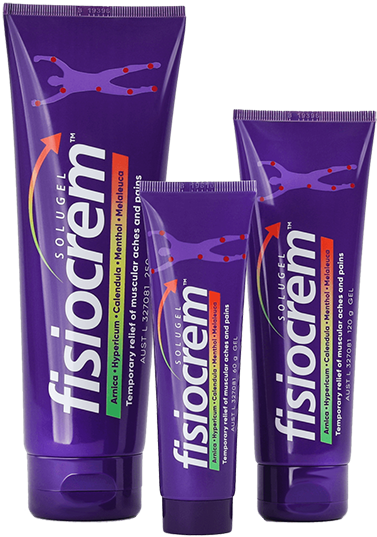

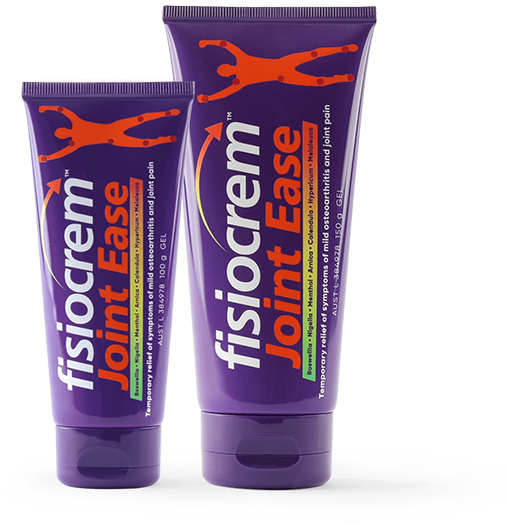
Mental health Benefits
Beyond physical recovery, joining a running club contributes to mental well-being. Regular exercise and social interaction can help enhance overall well-being (Mikkelsen et al., 2017). Running with a club provides a positive outlet for mental health, offering a sense of achievement and belonging.
Conclusion
Joining a running club is more than a fitness choice; it’s a lifestyle enhancement. These run clubs offer a holistic approach to running, from social runs to structured training programs and community engagement.
With the added benefit of effective recovery support from fisiocrem Solugel, you can enhance your running experience. Boost your performance, and fully enjoy the path to improved health.
A running club provides the perfect environment to accomplish your goals. Embrace the benefits of community, structured training, and enhanced recovery with fisiocrem. Join the movement today and discover why running with a club is more than just a hobby—it’s a rewarding lifestyle choice.
Citations
Mikkelsen, K., Stojanovska, L., Polenakovic, M., Bosevski, M., Apostolopoulos, V. (2017). Exercise and mental health. Maturitas 106 48-56
Wholesale & Practitioners
fisiocrem Australia is devoted to helping you manage your pain, and we have been since 2009. We develop high-quality topical pain relief products that stop pain from interfering with your regular activity.
Are you visiting from New Zealand?
Visit fisiocrem New Zealand here

